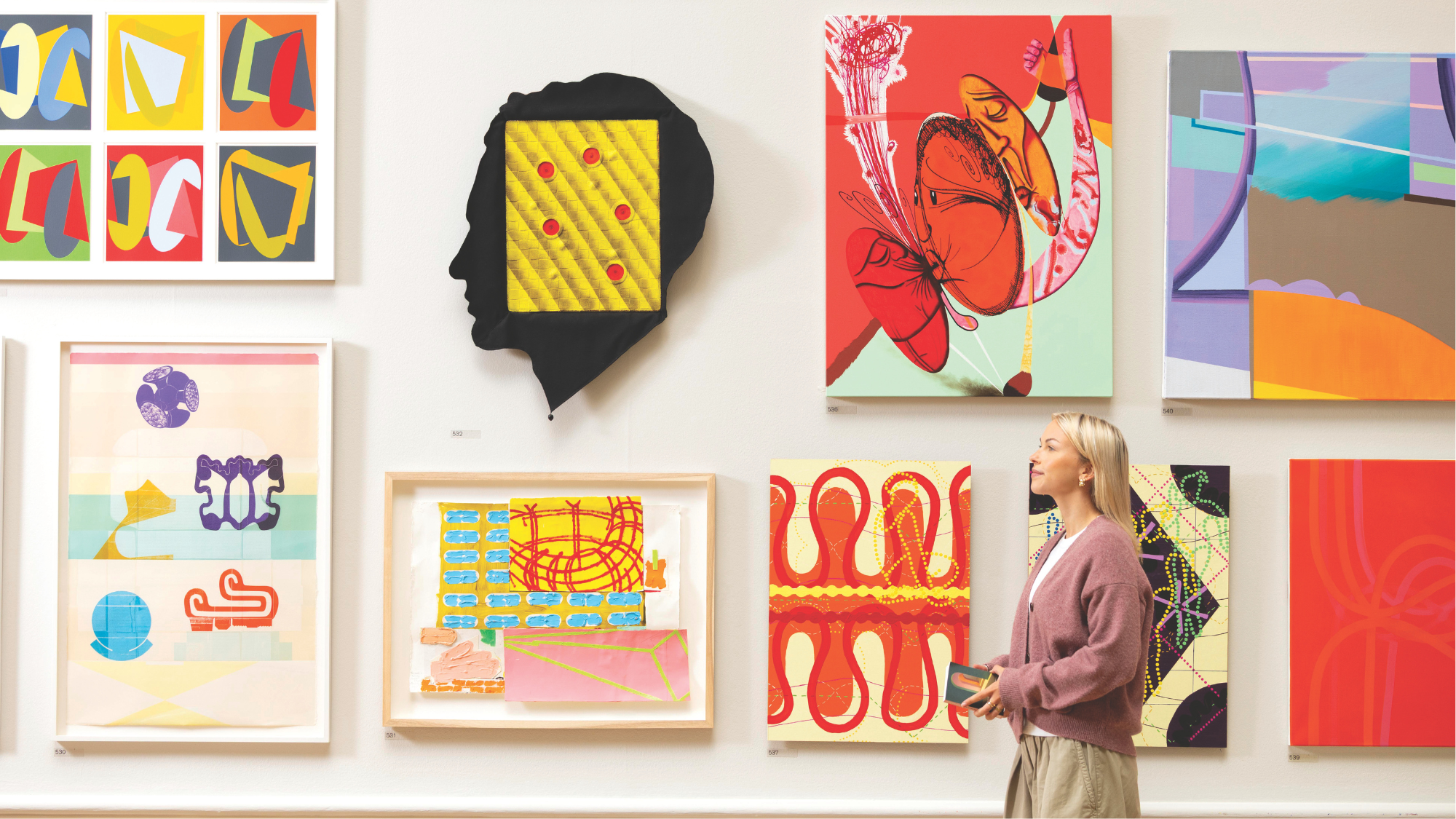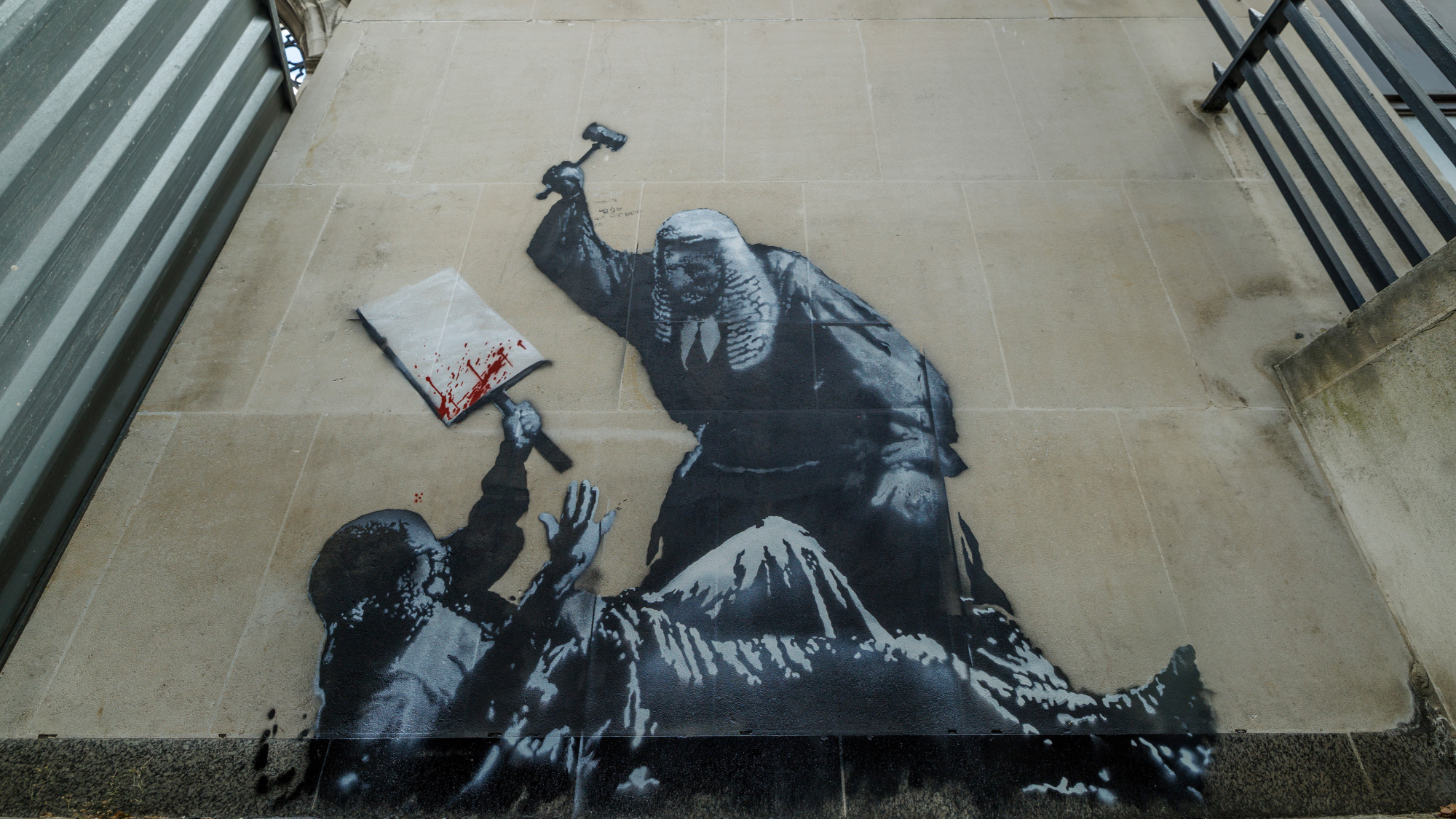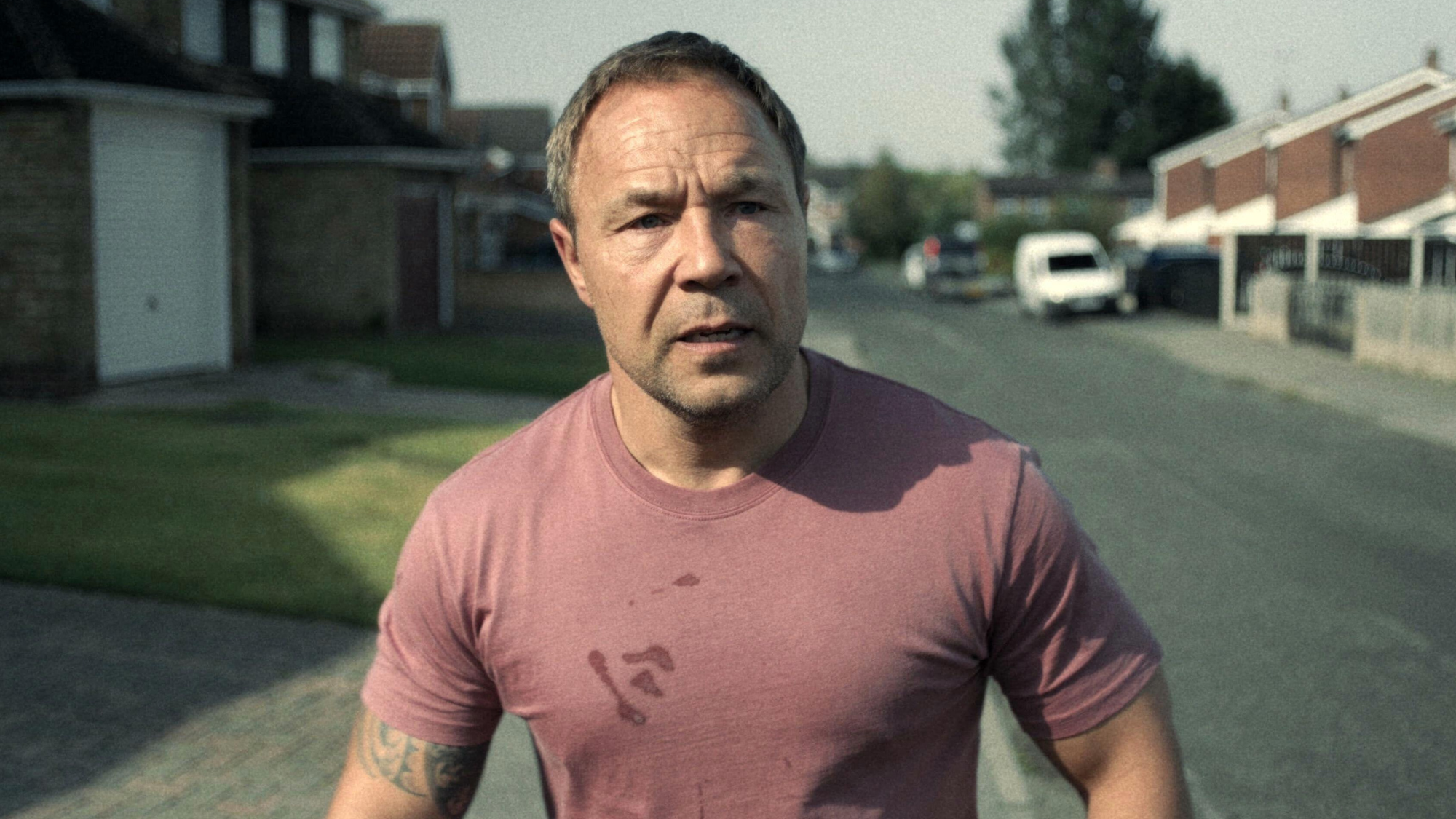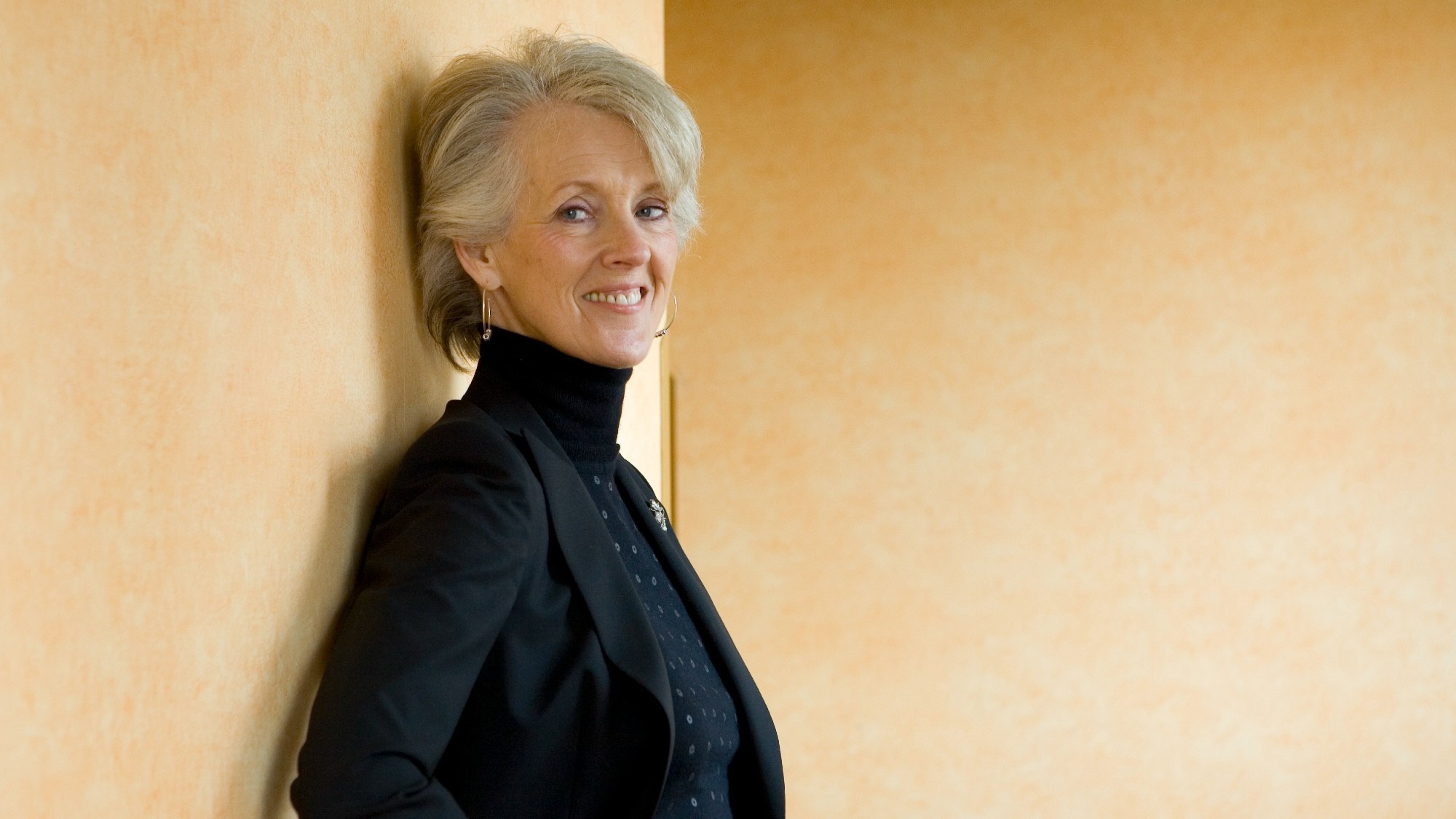The Royal Academy's annual Summer Exhibition – a 'fresh, open, bright' collection
This year's selected works carefully showcase the interspersal of art and architecture

The Royal Academy's annual Summer Exhibition "can be an overwhelming experience", said Nancy Durrant in The Times. Now in its 257th year, it is the world's largest open-submission exhibition; efforts sent in by the general public are mixed in with works by world-famous artists. This latest iteration contains no fewer than 1,729 individual pieces – and by rights, it should be a mess. But its co-ordinator, architect and Royal Academician Farshid Moussavi, has initiated an improvement so "vast" that it should become a staple in years to come.
Moussavi has broken with convention and done away with the Summer Exhibition's traditionally "crammed" architecture gallery, scattering offerings from architects around the Academy's rooms and thus integrating them with "the paintings, prints, drawings and sculptures" that make up the rest of this teeming "jamboree". The rethink means that everything has "room to breathe", while Moussavi's "cool architect's eye" means that the whole show "flows easily" and feels "fresh, open, bright".
Better still, said Jonathan Jones in The Guardian, the standard of the art on display is far superior to the Summer Exhibition's norm. The masterful German painter Georg Baselitz, for instance, fields a picture of an "upside-down stag". The Turner Prize- winning conceptualist Cornelia Parker has installed a number of convex mirrors on one gallery's ceiling, "reflecting you and the floor in radical foreshortening". In the same room, Tamara Kostianovsky suspends a menagerie of "eviscerated animal carcasses" made of textiles and hung on chains. Best of all is Tracey Emin, who has provided a shockingly dark painting of the crucifixion: hung on the cross, Jesus "moves towards you like a shark". With clear echoes of the "intense, macabre" art of renaissance painter Lucas Cranach, this extraordinary work is "the greatest" British painting since the death of Lucian Freud.
The Week
Escape your echo chamber. Get the facts behind the news, plus analysis from multiple perspectives.

Sign up for The Week's Free Newsletters
From our morning news briefing to a weekly Good News Newsletter, get the best of The Week delivered directly to your inbox.
From our morning news briefing to a weekly Good News Newsletter, get the best of The Week delivered directly to your inbox.
But there's a lot of dross, too, said Evgenia Siokos in The Telegraph. A case in point is to be found in the RA's courtyard, where artist Ryan Gander has installed a set of monumental rubber balls emblazoned with "banal questions": "What do animals dream of?", for example, or "Will time tell?". "The only question I could ask myself is, if I managed to unchain one of these giant balls and roll it in front of a bus on Piccadilly, how loud a POP would it make?".
I don't think Moussavi's decision to intersperse art and architecture really works, said Mary Richardson in Building Design: the quieter, more technical architectural models and sketches are drowned out by "the more immediately emotionally and aesthetically engaging artworks". Still, there's "a decent amount of not bad art" here, and some "beautiful" architectural drawings, courtesy of big names including David Chipperfield and Material Cultures. Overall, it's "a good year to visit the summer show".
Royal Academy, Picadilly, London W1. Until 19 October
A free daily email with the biggest news stories of the day – and the best features from TheWeek.com
-
 Art that made the news in 2025
Art that made the news in 2025The Explainer From a short-lived Banksy mural to an Egyptian statue dating back three millennia
-
 Nine best TV shows of the year
Nine best TV shows of the yearThe Week Recommends From Adolescence to Amandaland
-
 Winter holidays in the snow and sun
Winter holidays in the snow and sunThe Week Recommends Escape the dark, cold days with the perfect getaway
-
 The best homes of the year
The best homes of the yearFeature Featuring a former helicopter engine repair workshop in Washington, D.C. and high-rise living in San Francisco
-
 Critics’ choice: The year’s top 10 movies
Critics’ choice: The year’s top 10 moviesFeature ‘One Battle After Another’ and ‘It Was Just an Accident’ stand out
-
 A luxury walking tour in Western Australia
A luxury walking tour in Western AustraliaThe Week Recommends Walk through an ‘ancient forest’ and listen to the ‘gentle hushing’ of the upper canopy
-
 Joanna Trollope: novelist who had a No. 1 bestseller with The Rector’s Wife
Joanna Trollope: novelist who had a No. 1 bestseller with The Rector’s WifeIn the Spotlight Trollope found fame with intelligent novels about the dramas and dilemmas of modern women
-
 Appetites now: 2025 in food trends
Appetites now: 2025 in food trendsFeature From dining alone to matcha mania to milk’s comeback
